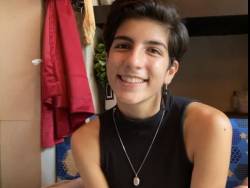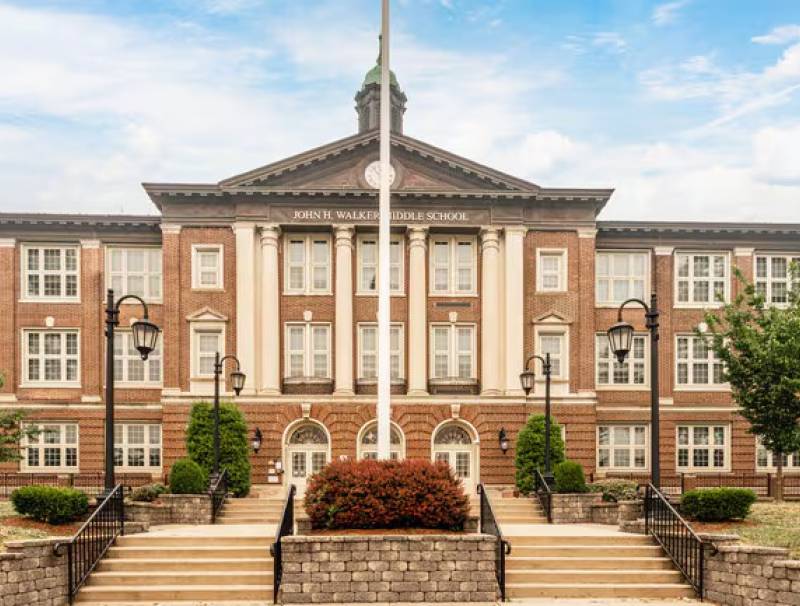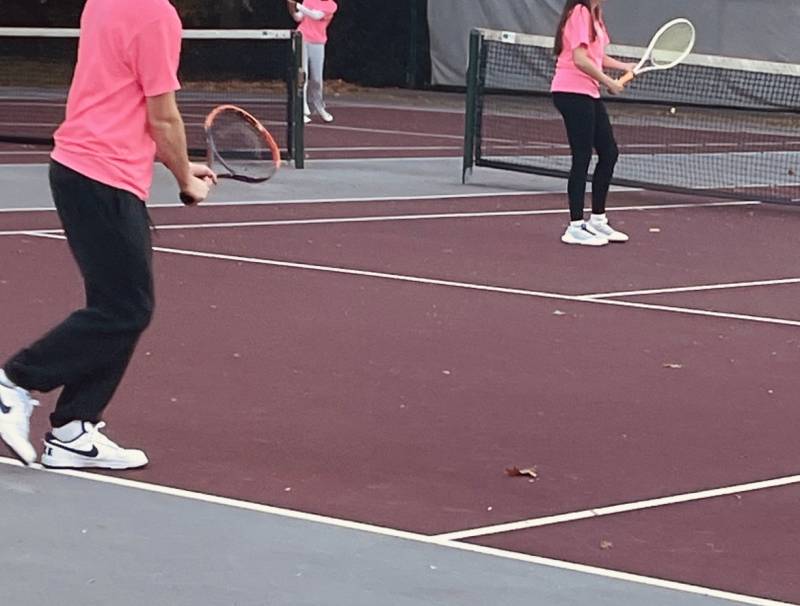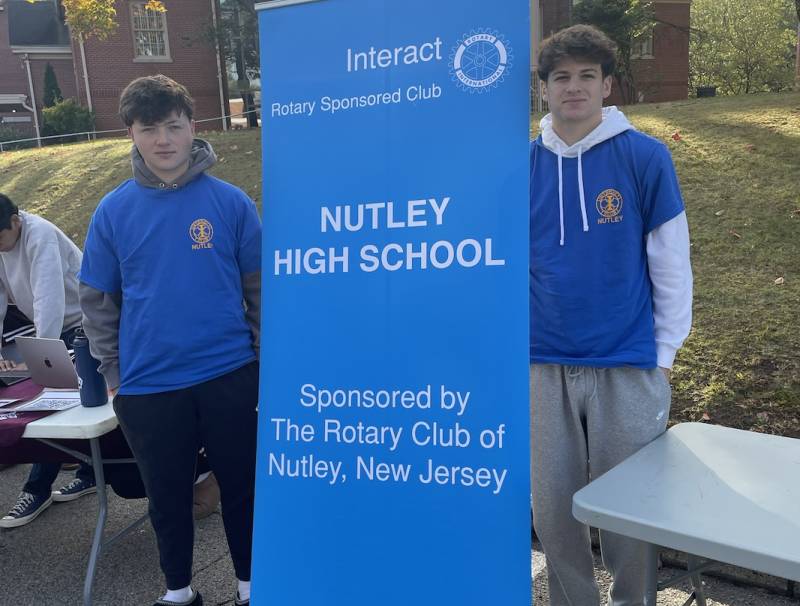The Fatal Shooting of Daunte Wright
Just miles away from where former Minneapolis police officer, Derek Chauvin, was standing on trial for the murder of George Floyd, another Black man was killed at the hands of police. On the Sunday afternoon of April 11, 20-year-old Daunte Wright was shot during a traffic stop in suburban Minneapolis, propelling an already tense city into a state of righteous furor. Every night since the fatal shooting, locals have come together to mourn Wright’s death and protest yet another incident of police brutality.
Daunte Wright was killed during a traffic stop.
The shooting took place just before 2 p.m., when two officers of the Brooklyn Center Police Department pulled Wright over while driving, citing a traffic violation.
“He called me at about 1:40, said he was getting pulled over by the police,” Katie Wright, who identified herself as Wright’s mother, told reporters of ABC later that evening. “He said they pulled him over because he had air fresheners hanging from his rearview mirror.”
Wright continued her story to reports saying that she then heard movement, followed by someone crying, “Daunte, don’t run,” before the call disconnected. After immediately calling back, Daunte Wright’s girlfriend, who was with him in the car, picked up and informed his mother that he had been shot.
Chief of Brooklyn Center police, Tim Gannon, spoke with several news outlets following the shooting and made claims that police pulled Wright over for an expired vehicle registration in addition to noticing the air freshener hanging on his rearview mirror — a violation of Minnesota law.
During the traffic stop, officers discovered that Wright had an outstanding “gross misdemeanor warrant.” This prompted an attempted arrest, the movement that Wright’s mother heard before losing connection.
The American Civil Liberties Union (ACLU) of Minnesota expressed concern that the motion to arrest was a “pretextual stop.” The term pretextual stop refers to the common policing practice that targets Black Americans. The driver is pulled over for a minor violation so that police can then conduct a more serious search or investigate an unrelated crime.
Within hours of the shooting Hennepin County Medical Examiner’s Office ruled Wright’s death a homicide, determining that he died from a single shot to the chest.
Daunte Wright’s father, Aubrey Wright spoke to reporters of The Washington Post after claims of his son resisting police arrest became public, “I know my son. He was scared. If he was resisting an arrest, you could tase him. I don’t understand it.”
He added that Daunte had dropped out of high school a few years earlier due to a learning disability, and had been working in various retail and fast-food restaurants to help support his 2-year-old son. Wright told reporters that his son had been on his way to get his car washed when he was pulled over.
Police say that the officer meant to fire her taser — not her gun.
On the day following Wright’s murder the Brooklyn Center Police Department held a news conference where they disclosed more details on the interactions of police and Wright and played body camera footage of the incident.
In the video, officers can be seen attempting to handcuff Wright, who, after a short struggle, appears to enter back into his vehicle. A female officer — who has been identified as Kim Potter, 48 — can then be heard repeatedly yelling “taser” as she pulls out and fires her gun.
Potter can then be heard stating, “Holy shit, I just shot him.”
After presenting the video to those present at the conference, police chief Gannon said he believed that “the officer had the intention to deploy their taser but instead shot Mr. Wright with a single bullet.”
Many have questioned this narrative, especially considering that Potter is a veteran officer of 26 years.
Potter has since resigned and is now facing charges.
On Tuesday, April 13, two days after the shooting, Potter officially tendered her resignation, effective immediately.
“I have loved every minute of being a police officer and serving this community to the best of my ability, but I believe it is in the best interest of the community, the department, and my fellow officers if I resign immediately,” she wrote in a brief letter to Brooklyn Center mayor Mike Elliott and police chief Tim Gannon.
Shortly after, Elliott announced at a press conference that Gannon had resigned, as well.
On Wednesday afternoon, Potter was arrested and booked into the Hennepin County jail, and later charged with second-degree manslaughter, the Star Tribune reports. She was released later that day after posting a $100,000 bond. When convicted, Potter could be sentenced with up to ten years in prison and face a $20,000 fine.
Demonstrations and vigils have erupted across the area.
For the past weeks, locals of Brooklyn Center and people from across the country have gathered to mourn and demand justice for Wright.
The New York Times reported that in only hours of the shooting, people began to congregate at the scene of Wright’s death for a vigil and protest. As the hours passed and more protesters showed up. Tensions then began to escalate between demonstrators and officers dressed in riot gear.
Just past 7 p.m., law enforcement began firing rubber bullets and tear gas at protesters, some of whom had been tossing water bottles and garbage.
By 10 p.m., the crowd had moved to the Brooklyn Center Police Department, where chemical agents billowed around protesters and the sounds of flash bangs rang out.
In the early hours of Monday morning, Brooklyn Center mayor Mike Elliott announced a citywide curfew from 1a.m. until 6 a.m., asking protesters to “please be safe and please go home.” The National Guard was also called in.
On Monday evening, after more details regarding the shooting had come to light, protesters gathered outside police headquarters despite the 7 p.m. curfew. Yet again, law enforcement deployed tear gas and rubber bullets, which dispersed much of the crowd.
Meanwhile, hundreds gathered for a vigil at the scene of Wright’s death, including Wright’s family and the mother of his child, Chyna Whitaker.
“He just made you feel better when he came around, and I’m just hurt that he’s gone, and I can’t believe it,” Whitaker said to reporters of ABC. “He loved his son, and it’s not fair that his son won’t have his dad in his life.”
Wright’s mother then continued, “My heart is literally broken into a thousand pieces and I don’t know what to do or what to say, but I just need everybody to know that he is much more than this.”
On Tuesday night, hundreds of people yet again returned to the streets demanding justice. By the end of the night, police had arrested upwards of 60 people, citing “riot and other criminal behaviors,” a local CBS affiliate reports.
The investigation into the shooting is ongoing.
The police shooting is under investigation by the Minnesota Bureau of Criminal Apprehension, the same agency that investigated George Floyd’s death. Work on behalf of the bureau has been lengthy and thorough as to not miss information and details that may become necessary.








